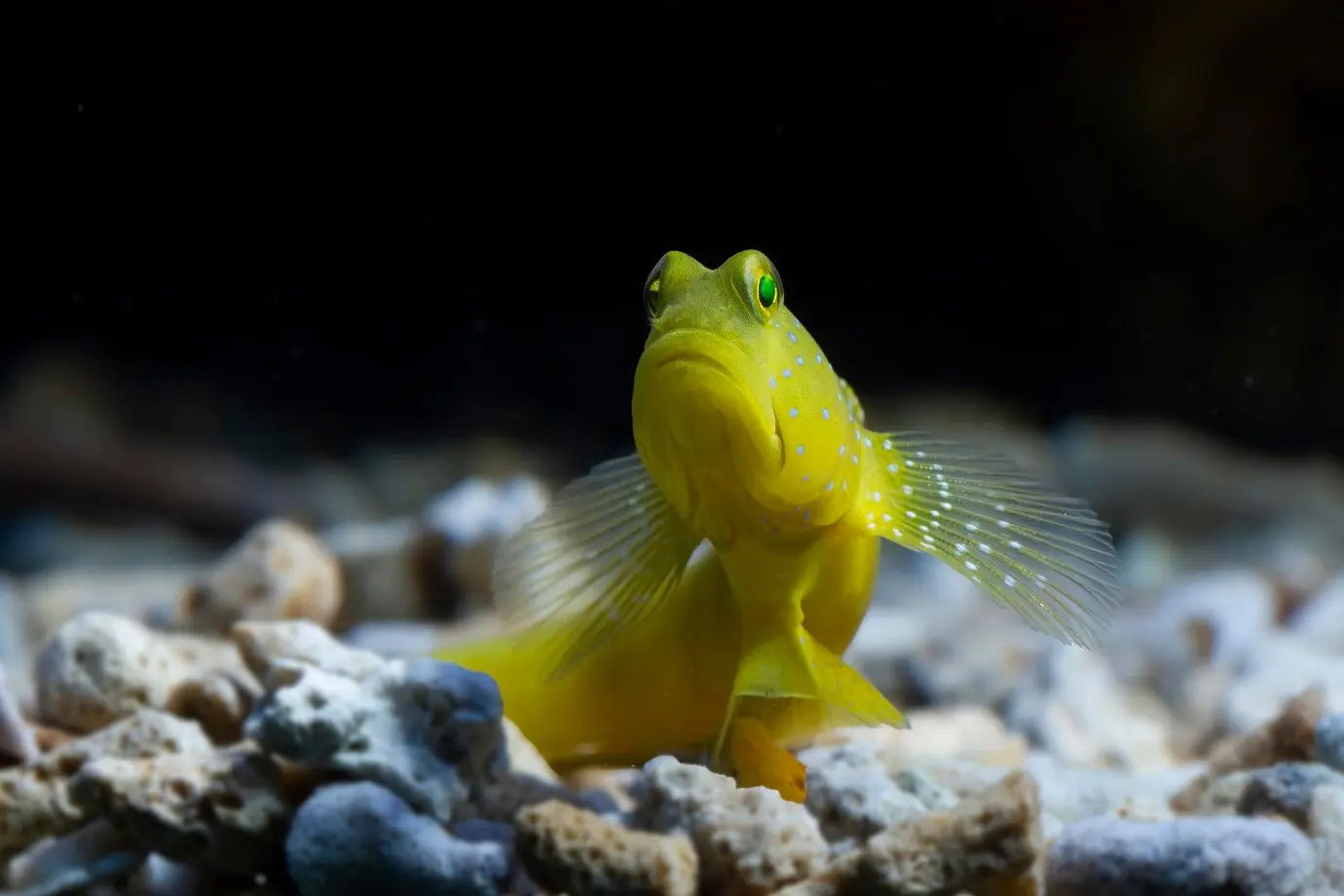If you’re an axolotl owner or enthusiast, you’ve probably noticed those frilly external gills that wave like feathers behind their heads. These are known as axolotl gills, and they’re not just for show. They’re vital organs responsible for breathing and are an indicator of your pet’s health. In this detailed guide, we’ll break down everything you need to know about axolotl gills, including how to keep them fluffy, functional, and free from disease.
What Are Axolotl Gills and How Do They Work?
Axolotl gills are delicate, feathery structures that extend from either side of the head. These gills are external, unlike those in most fish, and are used primarily for breathing underwater. The feathery appearance comes from gill filaments, which provide a large surface area for gas exchange. This is where oxygen is absorbed and carbon dioxide is released.
Axolotls can also breathe through their skin and lungs, but their gills handle most of the work when they are fully submerged. When the water quality is right and the gills are in good shape, axolotls thrive.
Can Axolotls Survive Without Gills?
Technically, yes. Axolotls can survive even if their gills are damaged or missing, thanks to cutaneous (skin) respiration and rudimentary lungs. However, this is far from ideal. When axolotl gills shrink or fall off due to disease or poor water conditions, it severely limits their ability to breathe comfortably. Over time, this can lead to stress, inactivity, and health issues.
Having healthy, full gills is essential to maintaining their overall well-being.
How to Tell If Your Axolotl Has Healthy Gills
Here’s a quick checklist for evaluating your axolotl’s gill health:
- Fluffy and full appearance
- Bright red or pink color (indicates good blood circulation)
- No white or fuzzy patches
- Symmetry on both sides
- No curling forward unless stretching or active
Pale, curled, or shrunken gills are usually signs of stress, illness, or environmental issues.
Common Myths About Axolotl Gill Health
There are a few myths that confuse new axolotl owners:
- Myth: Fluffy gills mean poor oxygen in water.
Fact: Fluffy gills are a natural, healthy sign. Poor oxygen levels can actually shrink gills. - Myth: Axolotls don’t need gills.
Fact: They can survive without them for short periods, but it’s not sustainable. - Myth: Gills will always grow back fully.
Fact: If damage is continuous, regeneration may stop permanently.
Factors That Affect Axolotl Gills
Let’s break down the main factors that influence the size and health of axolotl gills.
1. Genetics
Some axolotls are simply born with the potential for longer, fluffier gills. Mosaic axolotls, for example, may have different gill sizes on each side. Genetics set the upper limit, but environmental factors determine whether that potential is reached.
2. Water Quality
Poor water conditions are the #1 cause of damaged or shrinking gills. Ammonia, nitrite, and high pH levels corrode gill filaments.
To maintain clean water:
- Use a quality filter
- Perform regular water changes
- Remove uneaten food daily
- Keep ammonia and nitrite at 0 ppm
- Maintain pH between 6.5 and 7.5
Water that’s too warm speeds up bacterial activity, which increases ammonia levels. Aim for cool water around 60–64°F (16–18°C).
3. Diet
Axolotls need a high-protein diet to support growth and gill development. Earthworms, blackworms, red wigglers, and quality pellet food can boost gill fluffiness.
Try feeding:
- Earthworms (best source of natural protein)
- Frozen bloodworms (good but messy)
- High-protein pellets (for balance)
Avoid low-quality or stale foods—they don’t give your axolotl the nutrients it needs.
4. Age
Juveniles often have longer gills which might recede as they grow. This is natural and can be due to changes in metabolic rate and oxygen demand. Always compare to their age and growth stage before assuming something is wrong.
5. Stress and Tank Setup
Bright lights, poor hiding spaces, and overcrowding can stress axolotls, causing their gills to shrink or curl forward. To reduce stress:
- Provide hiding spots like caves or plants
- Keep tank mates minimal or none
- Avoid sudden water temperature changes
How to Regrow Damaged Axolotl Gills Naturally
If your axolotl’s gills are damaged, don’t panic. They’re known for their regenerative abilities. Here’s how to encourage regrowth:
- Improve water quality immediately
- Treat any fungal infections with approved medication
- Increase protein intake through live food
- Use a bubble stone to increase oxygen
Note: Gills usually start improving within 2–3 weeks with proper care.
Best Tank Setup for Promoting Gill Growth
To help your axolotl grow beautiful, healthy gills, set up the tank with these tips:
- Tank Size: Minimum 20 gallons per axolotl
- Filter: Low-flow but effective sponge or canister filter
- Substrate: Bare bottom or fine sand (no gravel)
- Decorations: Smooth hides, live plants, and plenty of space
- Aeration: Add a bubble stone or air pump to boost oxygen
- Lighting: Keep it dim or use floating plants to diffuse light
A stress-free, clean tank makes all the difference in maintaining fluffy axolotl gills.
Signs Your Axolotl’s Gills Are in Trouble
Here are some warning signs to watch for:
- White fuzzy patches: Likely fungus
- Curled forward gills: Often a stress signal
- Pale gills: Could mean anemia, cold water, or inactivity
- Shrunken or missing gill filaments: Often due to ammonia burns
If you notice any of these, test the water immediately and take action.
How Stress Affects Gill Size and Health
Stress causes your axolotl to produce more cortisol, which affects blood flow to extremities like gills. Prolonged stress can lead to gill shrinkage, loss of color, and even infections. Common causes include:
- Overhandling
- Loud noises or vibrations near the tank
- Overcrowded or small tank
- Uncycled or unstable tank conditions
Keeping your axolotl relaxed is one of the easiest ways to protect those precious axolotl gills.
Conclusion
Axolotl gills are more than just cute, frilly features—they are vital organs that indicate the overall health of your aquatic pet. From water quality and diet to genetics and stress management, several factors influence the growth and condition of axolotl gills. With the right care, your axolotl can show off full, fluffy gills that make them both happy and healthy.
Remember: Clean water, good food, low stress, and a little patience are all you need to support gill health. Whether you’re a new owner or a seasoned axie lover, focusing on gill care is key to your axolotl’s long-term well-being.

